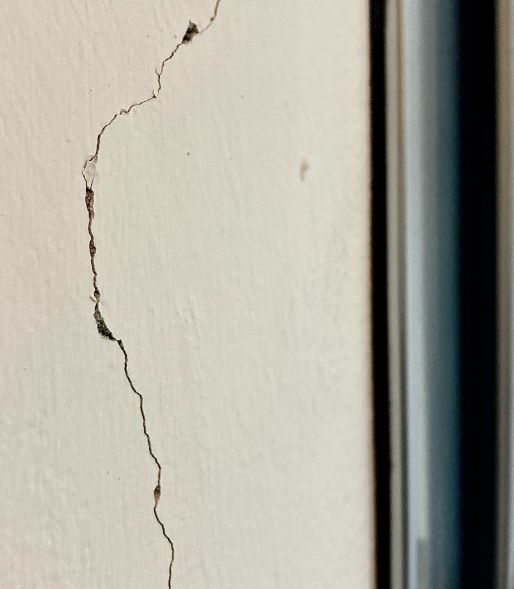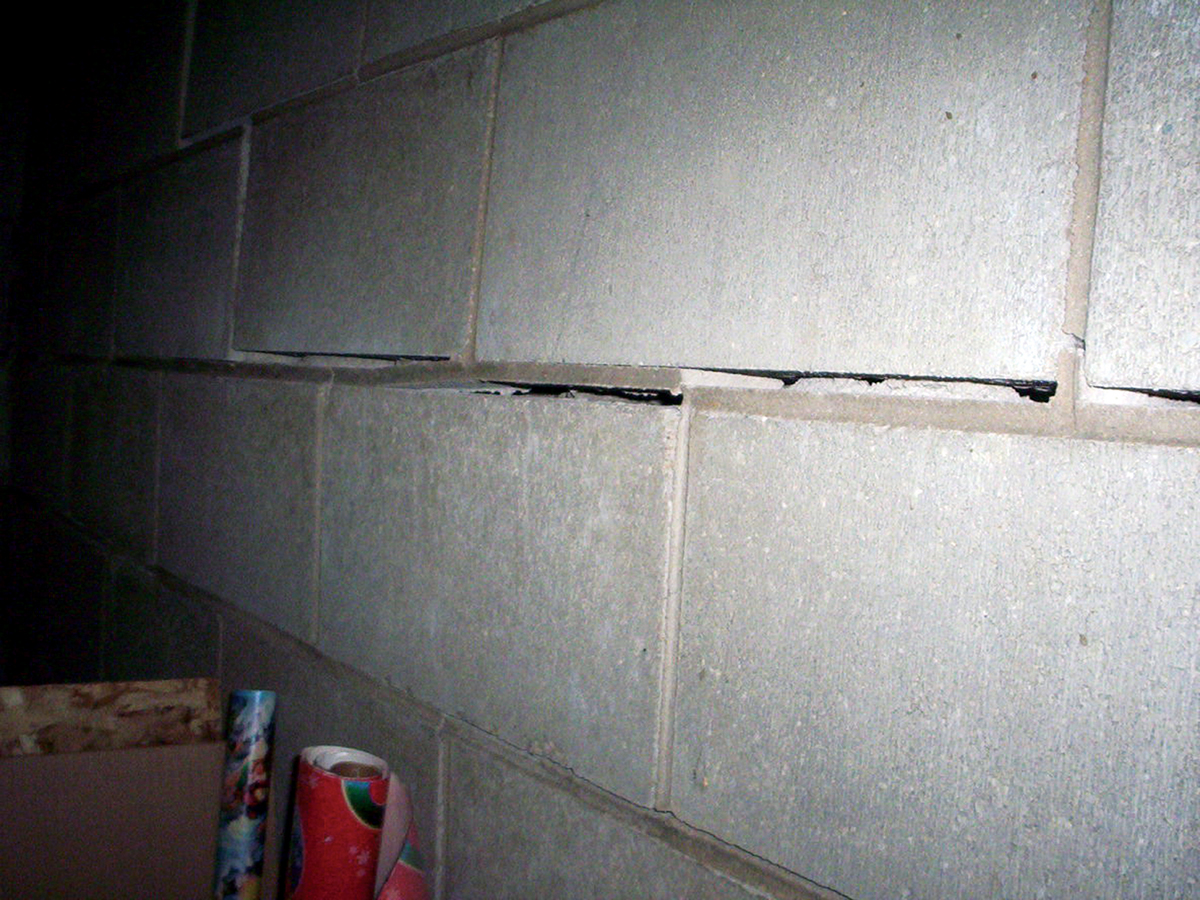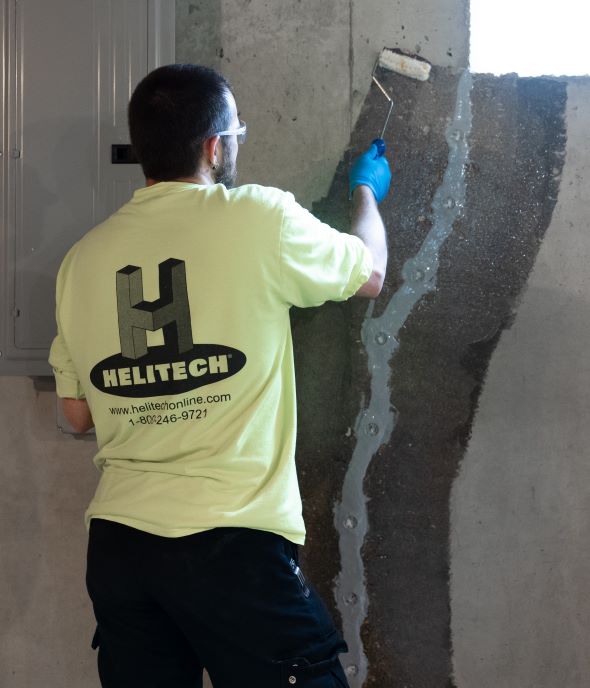While both plaster and drywall cracks can signal foundation issues, their characteristics can differ. Plaster is more rigid, so it often shows hairline cracks or spiderweb patterns from minor shifts, while drywall might show straighter, more defined cracks along seams or at corners. However, the underlying cause like foundation settlement is often the same. The key is to observe the crack’s size, direction, and whether it’s expanding, regardless of the wall material.




